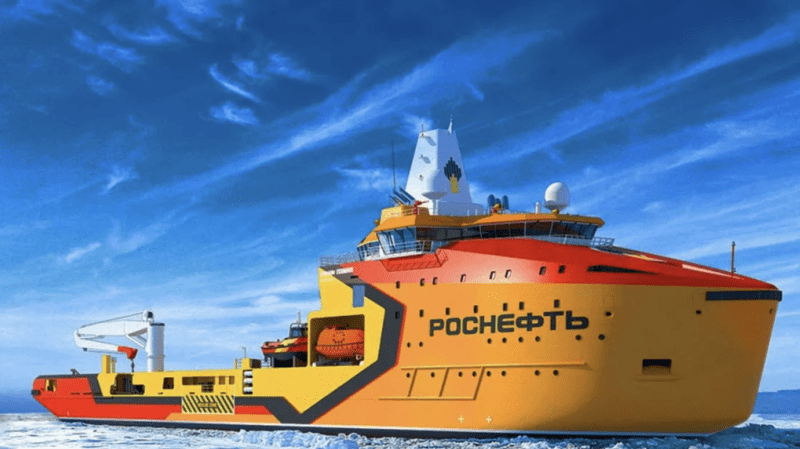The European Commission has awarded nearly $50 million to Finland for the construction of a new Baltic Sea class B icebreaker, aiming to modernize its aging fleet. Meanwhile, Russia’s newest Arctic icebreaker, ‘Katerina Velikaya,’ has commenced sea trials, signaling significant developments in Arctic navigation capabilities.
EU Funds Latest Finnish Icebreaker, Russia’s Newest Arctic Icebreaking Vessel ‘Katerina Velikaya’ Begins Sea Trials

Key Takeaways:
- EU Funding Boost : The European Commission granted nearly $50 million to Finland for a new icebreaker.
- Fleet Modernization : Finland’s new vessel will replace aging icebreaking capacity in the Baltic Sea.
- Project Timeline : Procurement in fall 2025, construction in 2026, service entry by 2029.
- Russian Advances : Russia’s ‘Katerina Velikaya’ has begun sea trials.
- Arctic Navigation Significance : These developments mark significant advancements in icebreaking capabilities in the region.
EU Invests in Finland’s Icebreaking Future
In a significant move to bolster maritime capabilities in the Baltic region, the European Commission has awarded close to $50 million to Finland for the construction of a new Baltic Sea class B icebreaker. This substantial investment aims to modernize Finland’s icebreaking fleet, ensuring safe and efficient navigation in the often treacherous icy waters.
Modernizing an Aging Fleet
The new icebreaker is intended to replace Finland’s aging icebreaking capacity, a critical component of the nation’s maritime infrastructure. With many existing vessels nearing the end of their operational life, the need for modern, reliable icebreakers has become increasingly pressing.
“The European Commission awarded close to $50 million to Finland supporting construction of its new Baltic Sea class B icebreaker,” the announcement detailed, highlighting the EU’s commitment to supporting its member states’ essential services.
Project Timeline Set in Motion
According to the project’s outline, procurement for the new vessel is expected in fall 2025. Construction is slated to begin in early 2026, with the icebreaker entering service by 2029. This timeline reflects a dedicated push towards enhancing Finland’s maritime readiness within the next few years.
Russia’s ‘Katerina Velikaya’ Embarks on Trials
Meanwhile, Russia’s newest Arctic icebreaking vessel, the ‘Katerina Velikaya,’ has commenced sea trials. This development underscores a parallel advancement in icebreaking capabilities by neighboring Russia, emphasizing the strategic importance of Arctic navigation for multiple nations.
Implications for Arctic and Baltic Navigation
The simultaneous investment in icebreaking technology by Finland and Russia signals a significant focus on the Arctic and Baltic regions. As climate change continues to affect ice patterns, the role of icebreakers becomes even more crucial in maintaining shipping routes and supporting global trade.
The new Finnish icebreaker will not only ensure the continuation of vital maritime operations but also enhance safety for vessels navigating the challenging ice conditions of the Baltic Sea. Similarly, Russia’s advancements reflect a broader trend of nations preparing for increased activity in the Arctic waters.
Navigating the Future
The EU’s financial support marks a considerable commitment to Finland’s maritime future. As both Finland and Russia advance their icebreaking fleets, the region can anticipate improved navigation safety, increased commercial opportunities, and a strengthened presence in the Arctic’s evolving landscape.











